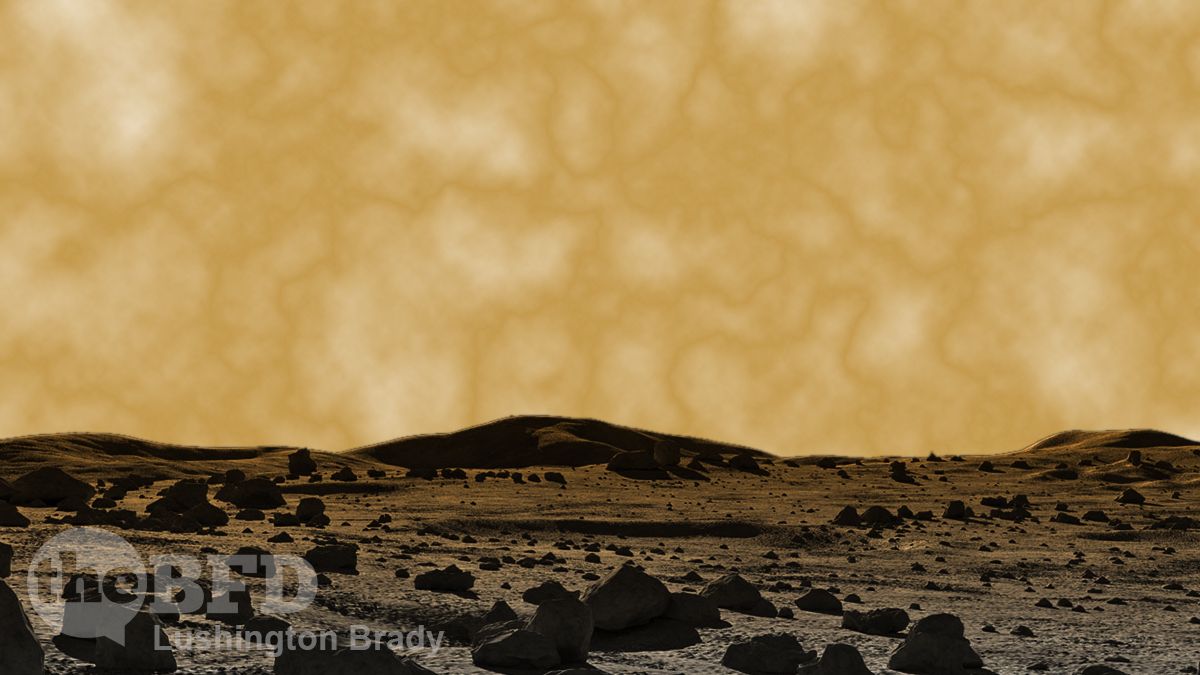Try to imagine the sky without stars.
It’s almost inconceivable, yet we know it must have been true at some time. Stars today are formed when clouds of interstellar dust and gas condense under their own gravity. Eventually, the sheer force of gravity causes elements to begin to fuse – igniting the nuclear cycle of a new star.
But much of this gas and dust is the remnants of older stars, spewed out in the gargantuan cosmic explosions called novas. But how did the first stars form, and when?
We could find out by peering into deep space: light takes time to travel across the cosmos. Looking across space is literally looking back in time. For instance, the sunlight shining on you now left the Sun 8½ minutes ago. If you look up at Alpha Centauri tonight, you are looking four years back in time. If you’re in the northern hemisphere, the faint smudge of the Andromeda Galaxy is 2½ million years ago.
But the first stars appeared so long ago that they are billions of light-years from us. That makes them very hard to see indeed. But astronomers have been trying – and getting a clearer idea of when the first stars in the universe formed.
They say that this period, known as the “cosmic dawn,” occurred between 250 to 350 million years after the Big Bang. Discovering when the cosmic dawn began has been the life’s work of Prof Richard Ellis, from England’s University College London.
He told BBC News: “The Holy Grail has been to look back far enough that you would be able to see the very first generation of stars and galaxies. And now we have the first convincing evidence of when the Universe was first bathed in starlight.”
The team analysed six of the most distant galaxies. They were so far away that even with the world’s most powerful telescopes they appeared as just a few pixels on the computer screen.
They are also among the earliest to have emerged in the Universe and so, by the time their images are captured by telescopes on Earth, they are seen not long after the Big Bang.
By working out their age, the team calculated the start of the cosmic dawn – when the first stars formed. Dr Nicolas Laporte, from the Kavli Institute of Astronomy in Cambridge, led the analysis. “This is one of the biggest questions in modern cosmology. This is the first time we have been able to predict from observations when this crucial moment in the history of the Universe occurred.”
One surprise is that this is later than had been expected. Previously, the prediction was that stars would have formed within 100 million years of the Big Bang.
It’s also staggering to think of the time and distance involved.
“It is fantastic to think that particles of light have been travelling through space for over 13 billion years and then entered a telescope. The wonderful thing about being an astrophysicist is the ability to time travel and witness the distant past,” he explained.
The Universe came into being 13.8 billion years ago in the Big Bang. After an initial flash, it went through a period known as the cosmic dark ages.
OGN Daily
In fact, for the first 300,000 years, the universe was literally opaque.
Particle accelerators use tremendous amounts of energy to split atoms and subatomic particles apart: in doing so, they are replicating the conditions of the very earliest moments of the universe. As the universe expanded and cooled, particles slowly “condensed” out of the primordial soup of energy.
Photons are particles of light. The early universe was so hot that not even photons could form: there was literally no light. For its first few hundred years, the universe was opaque.
Then it was “dark”.
Not completely: the universe was transparent, but there were no stars. Only a “soup” of vast clouds of hydrogen that would have filled the cosmos with a brilliant pale orange glow, which slowly faded over the next 99 million-odd years. This period is called “the cosmic Dark Ages”.

When that hydrogen soup condensed enough, some 100 million years after the Big Bang, the first stars would have finally begun to shine.
Please share this article so that others can discover The BFD

